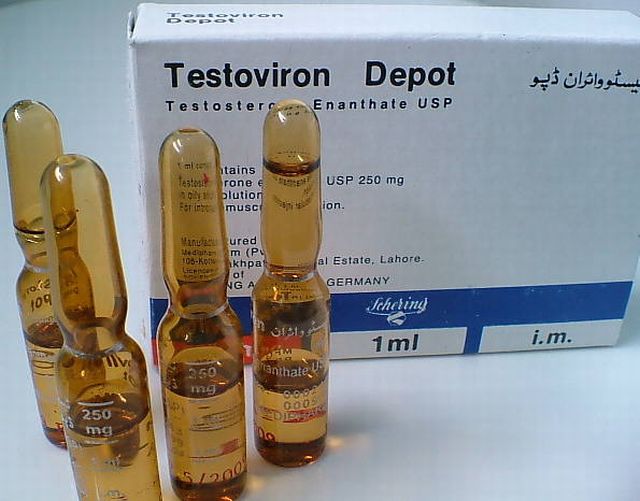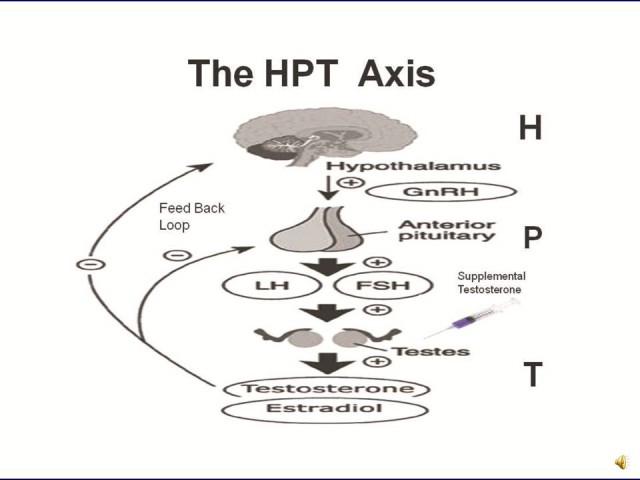TRT and Steroid Side Effect Management – Interview With Dr. Michael Scally – Part 1
August 14, 2011 By Nelson Vergel Leave a Comment

Dr Michael Scally is a medical expert on anabolic steroid side effects and testosterone replacement therapy. He is available for phone consultations to anyone who needs help with hormone replacement and side effect management. To contact him, email : mscally@hptaxis.com
His book “Anabolic Steroids – A Question of Muscle: Human Subject Abuses in Anabolic Steroid Research” is available on http://goo.gl/jaH05
Nelson Vergel (NV): Dr. Michael Scally is a well-known expert on men’s health in general, and specifically he’s an expert on hormone therapy and issues surrounding testosterone replacement. Dr. Scally, can you tell us a little bit about your background?
August 14, 2011 By Nelson Vergel Leave a Comment

Dr Michael Scally is a medical expert on anabolic steroid side effects and testosterone replacement therapy. He is available for phone consultations to anyone who needs help with hormone replacement and side effect management. To contact him, email : mscally@hptaxis.com
His book “Anabolic Steroids – A Question of Muscle: Human Subject Abuses in Anabolic Steroid Research” is available on http://goo.gl/jaH05
Nelson Vergel (NV): Dr. Michael Scally is a well-known expert on men’s health in general, and specifically he’s an expert on hormone therapy and issues surrounding testosterone replacement. Dr. Scally, can you tell us a little bit about your background?


Comment